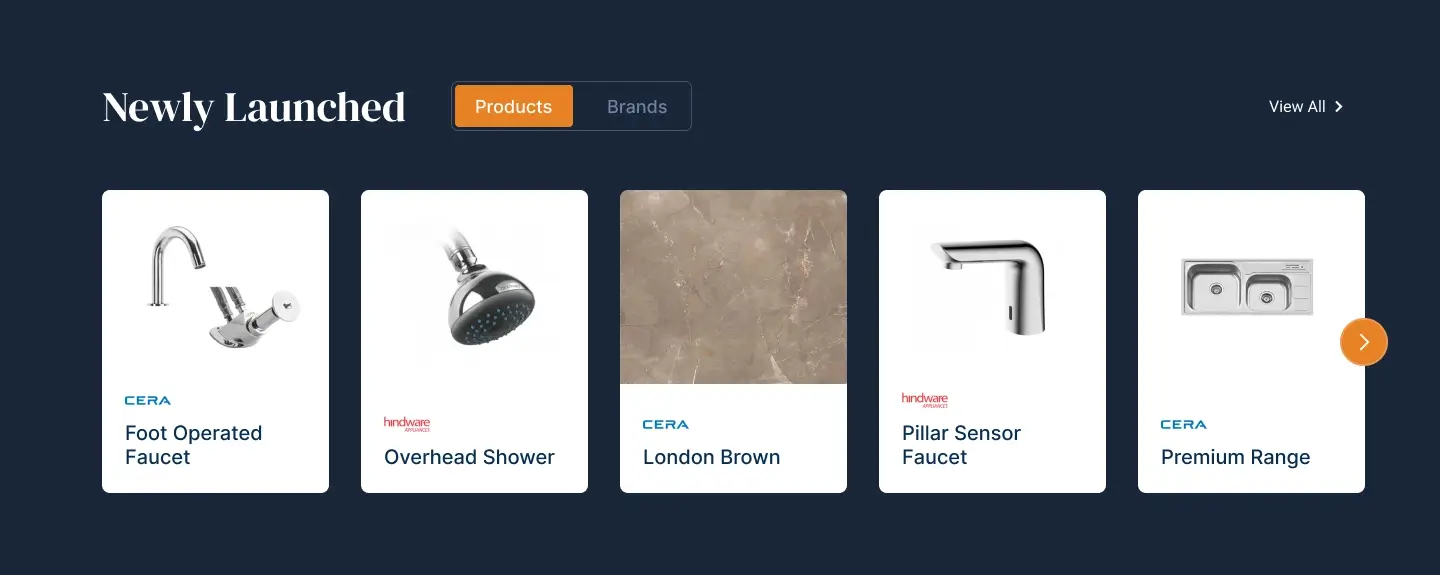
Table of Contents
Quick Summary
- Explains the difference between short-term (weeks to 3 months) and long-term storage (3+ months).
- Covers ideal uses for short-term storage like moving, renovations, travel, and seasonal needs.
- Outlines long-term storage benefits for downsizing, businesses, students, and life transitions.
- Lists pros and cons of both storage options.
- Provides key factors to consider: duration, budget, access, and type of belongings.
- Shares tips for maximizing storage efficiency, security, and cost savings.
- Encourages choosing a reliable storage provider for peace of mind.
When it comes to storage, one of the most important decisions you’ll make is whether you need short-term or long-term storage. Both options come with unique benefits, and the right choice depends on your situation-whether you’re moving, downsizing, renovating, or simply looking for extra space. By understanding the differences, you can make an informed decision that saves you time, money, and stress.
Why Storage Duration Matters
The choice between short and long-term storage impacts cost, convenience, and even how you pack and prepare your belongings. Many people rely on quality self-storage services in Ballarat because they provide flexible solutions for both temporary and ongoing needs. By assessing your timeline and storage requirements, you’ll be able to select the perfect option without overpaying or compromising security.
What is Short-Term Storage?
Short-term storage generally refers to rental periods from a few weeks up to three months. It’s ideal for situations where you need a temporary solution, such as:
- Moving house – keeping belongings safe between moving dates.
- Renovations – storing furniture and valuables while work is being done.
- Travel or relocation – securing items while you’re away for a short time.
- Seasonal needs – storing holiday decorations or sports equipment.
Advantages of Short-Term Storage
- Flexibility – easy to rent for just the time you need.
- Cost-effective for short periods since you’re not locked into long contracts.
- Quick access – perfect for items you’ll need sooner rather than later.
Drawbacks of Short-Term Storage
- Rates can be slightly higher per week compared to long-term rentals.
- May not be as cost-efficient if you end up needing it longer than planned.
What is Long-Term Storage?
Long-term storage is typically for periods longer than three months, often spanning years. It’s a reliable solution for anyone needing extended space for belongings they won’t access frequently.
Common Uses for Long-Term Storage
- Downsizing homes – storing furniture or heirlooms that don’t fit in smaller spaces.
- Business needs – archiving documents, stock, or equipment.
- Students – keeping belongings safe while studying abroad or during long breaks.
- Life transitions – such as extended travel, military service, or retirement moves.
Advantages of Long-Term Storage
- Lower cost per month – many providers offer discounts for extended stays.
- Peace of mind – knowing your items are safely stored for the long run.
- Stable solution – no need to constantly renew short-term contracts.
Drawbacks of Long-Term Storage
- Less flexible if you only need items for a short period.
- Some facilities may require minimum rental commitments.
- Access may be limited depending on your storage provider’s policies.
Key Factors to Help You Decide
When choosing between short and long-term storage, consider:
- How long do you realistically need storage? If unsure, start short-term and extend as needed.
- What’s your budget? Long-term often works out cheaper, but upfront commitment is higher.
- How often will you need access? If regular access is required, check that the facility allows it.
- What are you storing? Sentimental items or business archives often suit long-term, while furniture for a renovation may be short-term.
Tips for Getting the Most Out of Your Storage
- Pack efficiently – use sturdy boxes, label everything, and maximise space with shelving.
- Consider climate control for sensitive items like electronics, artwork, or documents.
- Insure your items – many facilities offer affordable insurance for added protection.
- Choose the right provider – look for secure, well-maintained facilities with strong customer reviews.
Final Thoughts
Both short-term and long-term storage options are designed to make your life easier, but the right choice depends entirely on your circumstances. Short-term storage works best when you need flexibility for moves, renovations, or temporary travel. Long-term storage is ideal for stability, cost savings, and peace of mind when safeguarding belongings for months or years.
By evaluating your needs and working with a trusted storage provider, you can confidently select the option that’s best for you and enjoy the convenience of extra space without stress.
Also Read: Budget-Friendly Home Improvement Products to Give Your House a New Look
FAQs Regarding Storage Options
Q1: What’s the main difference between short and long-term storage?
Short-term storage is for temporary needs (weeks to 3 months), while long-term is for extended storage (3+ months).
Q2: Which storage option is more cost-effective?
Long-term storage usually has lower monthly rates, while short-term is cheaper if you only need it briefly.
Q3: Can I access my items anytime in storage?
It depends on the provider-some offer 24/7 access, while others may limit hours.
Q4: What type of belongings are best for long-term storage?
Furniture, heirlooms, business documents, and items not needed frequently are ideal for long-term storage.
Q5: How can I protect sensitive items in storage?
Use climate-controlled units, proper packing materials, and insurance for extra security.






























